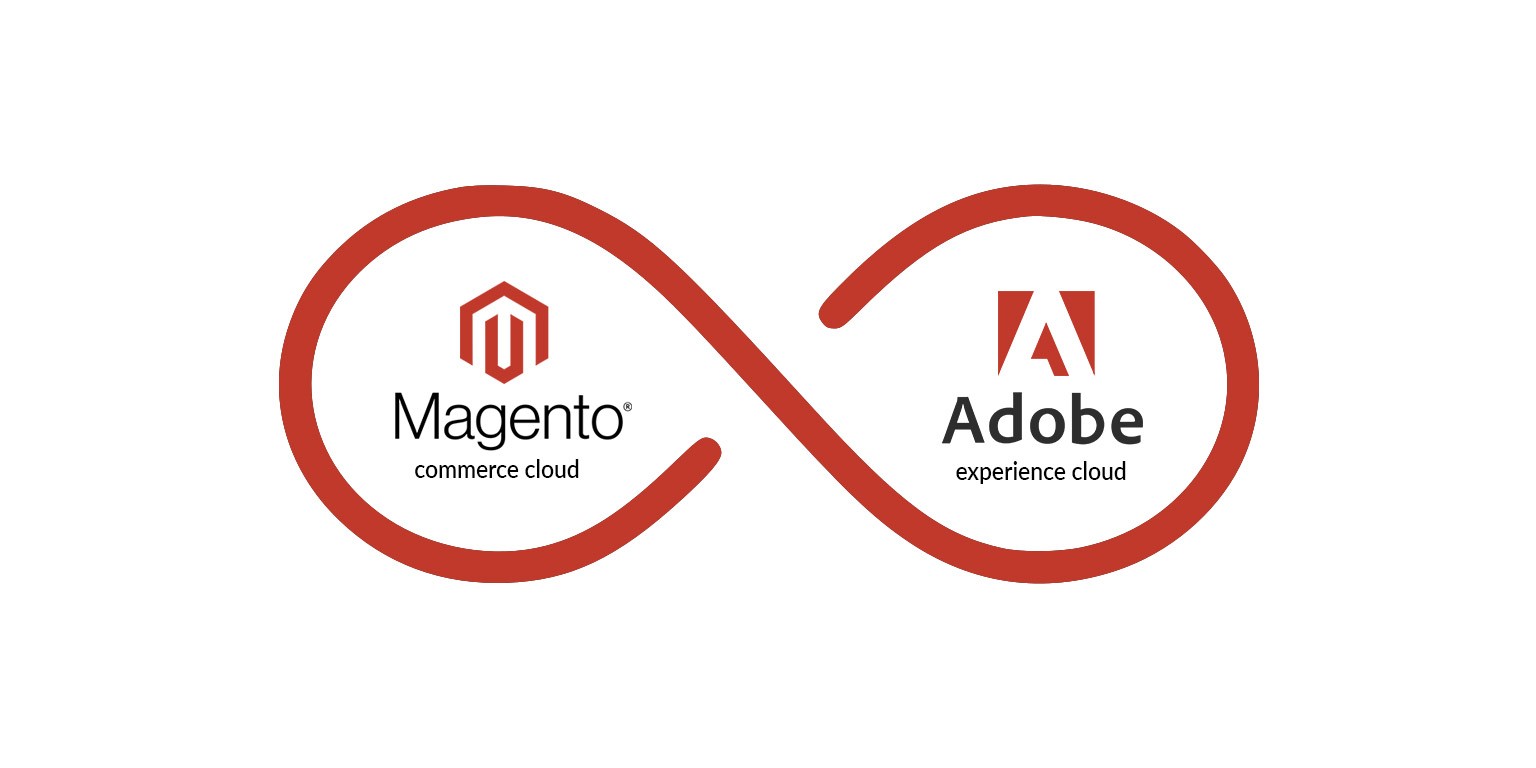Product added to cart
We use cookies to make your experience better. To comply with the new e-Privacy directive, we need to ask for your consent to set the cookies. Learn more.
We use cookies to make your experience better. To comply with the new e-Privacy directive, we need to ask for your consent to set the cookies. Learn more.
Creating an account has many benefits: check out faster, keep more than one address, track orders and more.

Security of the platform can be an issue. Magento is often targeted by hackers and much of the security is the responsibility of the store owner. Adobe Commerce Cloud has no real protection, they use Fastly WAF - it's just an overlay and easy to get around to access any Magento backend which is absolutely unprotected.
The amount of time it takes for some things to update is ridiculous. It can take over an hour after moving a few items around in the Visual Merchandiser.
Support is severely lacking. There is no easy way to contact Magento to get support. No way to get easy support when you run into an issue. There is no way to optimize Adobe Commerce Cloud performance, you can just use it as is and your shop will be slow and you will lose conversion and customers.
Adobe Commerce Cloud alternative:
The question arises - why spend so much money without having control over your business in the cloud. Configuring your own infrastructure these days is the most profitable way to grow your business. You manage the resources yourself, you have a complete overview of what works, how it works and you have complete control over the money invested in your own infrastructure. At any time you can make changes to both infrastructure and store design without thinking about restrictions, platform limitations and unforeseen costs. There are no hidden bills and payments for excess resources, which, as a result, you will not need.
[!] Click here: Github repository for Magento 2 AWS cluster with Terraform
https://docs.aws.amazon.com/index.html
https://www.terraform.io/docs/
https://aws.amazon.com/cloudshell/
sudo yum install -y yum-utils
sudo yum-config-manager --add-repo https://rpm.releases.hashicorp.com/AmazonLinux/hashicorp.repo
sudo yum -y install terraform
$ git clone https://github.com/magenx/Magento-2-aws-cluster-terraform.git
terraform init
terraform apply
4 autoscaling groups with launch templates base64 converted from user_data.*5 instances target groups (varnish frontend admin staging developer)2 load balancers (external/internal) with listeners / rules / security groups1 rds mysql database1 build server1 elk domain2 redis elasticache cluster1 rabbitmq broker2 s3 bucket1 codecommit repository 4 branches (main build staging developer)1 cloudfront s3 origin distribution1 efs file system1 sns topic and email subscription alerts for asgGet the latest deals, updates, technology changes and more.
Thank you , I already subscribed.